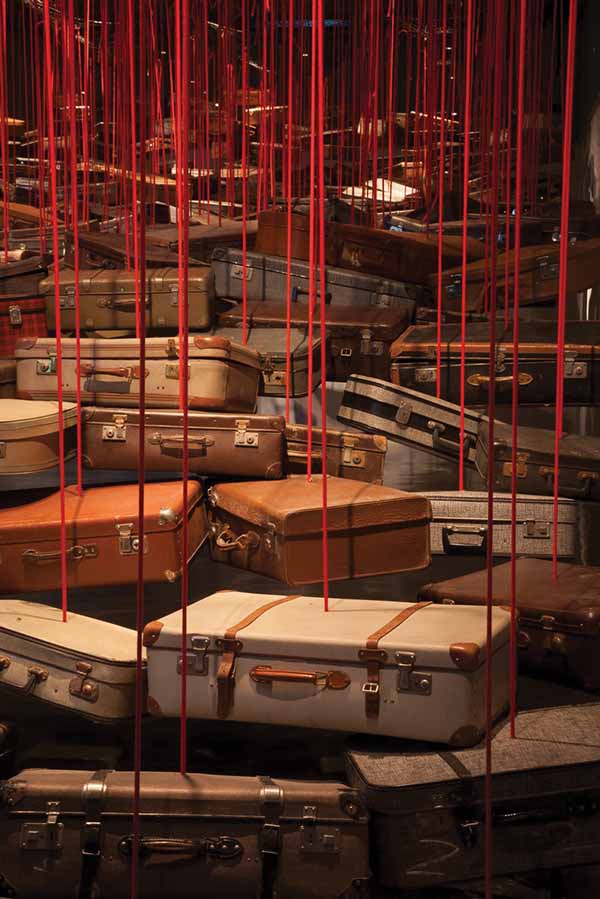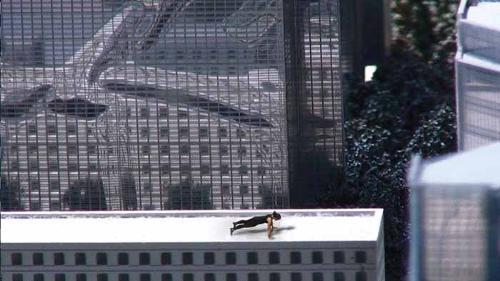
Inhabiting the World is the grandiose thematic framework of the 2014 Busan Biennale. Divided into three sections in disparate parts of this extraordinary city - a hybrid mix of Port Botany and the Gold Coast with real giant mountains – there was a distinct generational feel to the exhibitions. At the Kriswire Factory younger artists were 'allowed' to reveal their loose associative creative processes inspired by the sea, while at the Busan Culture Centre the ancestors were duly honoured in a very dry but sound historical survey of Korean artists who exhibited internationally post-1961. The main exhibition at the Busan Museum of Art was populated by mostly middle-aged French, Francophone or European artists – a feature noted and commented upon by the local art community.
It was unfortunate that at the Museum of Art, the Artistic Director Olivier Kaeppelin (Director of Fondation Maeght, France) and his team failed to adequately explain the concept ‘Inhabiting the World’. The encounter with artworks in Kaeppelin’s ‘world’ suggested once more that France was the leader of world civilisation. The inclusion of so many French artists might have been excusable if there was more quality in the chosen and commissioned work. But it was embarrassing to encounter what were obviously so many old friends and court favourites who continue to make bad art. And, yes, Jesus does appear also, courtesy of Pascal Convert.
Thankfully there were a number of exciting works on display that looked back to the days when the word biennale did have a sense of unique intellectual and artistic cachet. Yeesookyung presents elements from her series Translated Vases TVG1 (2009). These teetering precious forms are forever becoming, mixing science fiction and quantum theory with a sly critique of desire and the marketplace. Kyungwoo Han’s large installation Green House (2014) and Nathalie Elemento’s Between (2007) are clever reflections on the conundrums of spatiality. The Australian artist Lawrence Carroll also works with this content, making objects that look to an archaeology of the domestic environment as well as the heroic phase of US post-conceptualist practice. Recent paintings by Jonathon Lasker take on a more confessional psychoanalytic mode to address the nature and actions of perceptions. Maike Freess’ disarmingly light and simple video installation engages with a post-Pina Bausch world where the horrors and joys of habituation are rarely addressed.
The most impressive work of the show is a complex theatrical installation by Chiharu Shiota. Accumulation-Searching for Destination (2014) consists of a cascade of 200 suitcases suspended from the ceiling by red ropes. Occasionally one of the cases shudders and quakes in the low-lit space. In conversation Shiota admitted that the installation relates the movement of people and goods across the world to the disruption caused by forced migration and the power of physical proximity to invest even the lowliest of forms with a spiritual trace or energy that lingers long after original connection to the object. It will be exciting to see what she will make as Japan’s representative in next year’s Venice Biennale, that monstrous behemoth and great great (over 80 times) grandmother of this latest manifestation in Busan.












